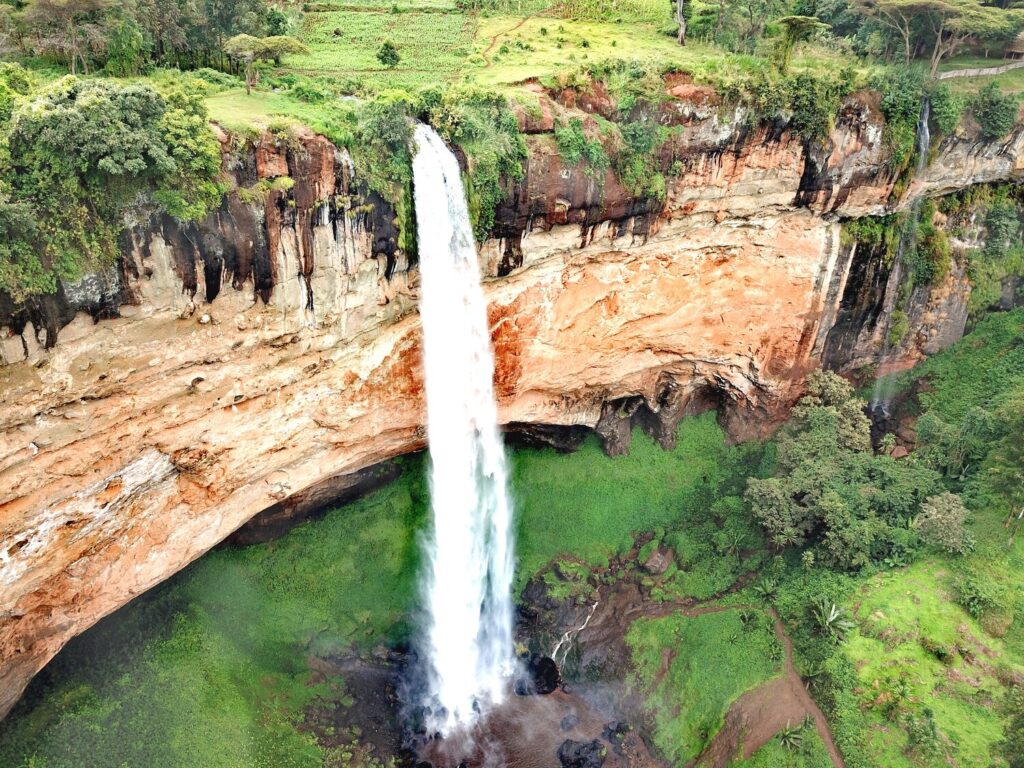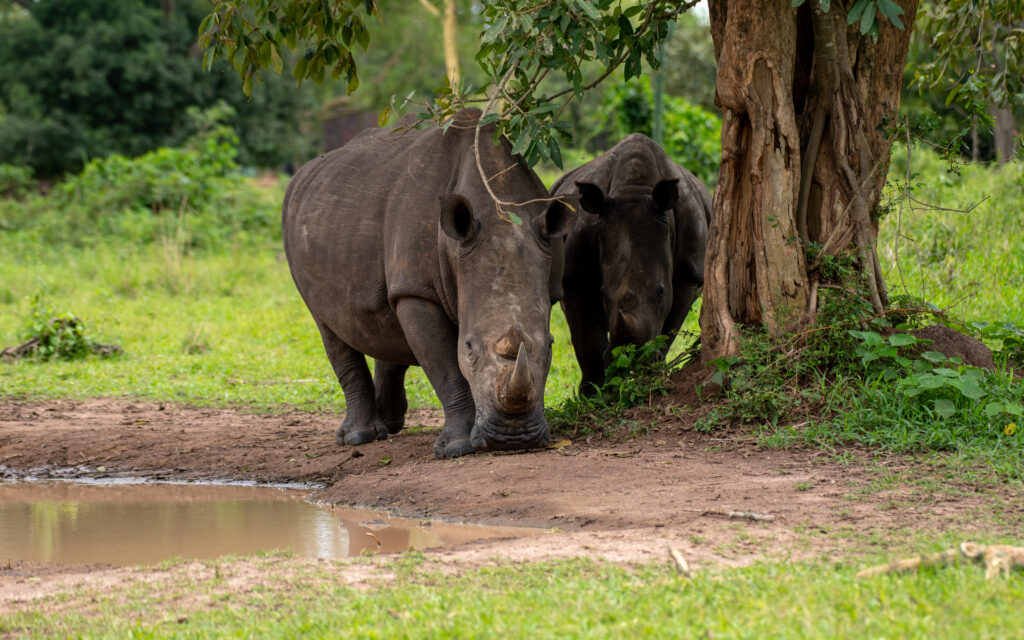Mgahinga Gorilla National Park is located in the southwestern Uganda on the border with Congo and Rwanda. Covering an area of about 33.7 sq kilometers, the park is a habitat for man’s closest, the mountain gorillas which roam about the whole forest in search for food. This park is one of the few places in the world where the endangered mountain gorillas live and it attracts people from different countries to come on Uganda Gorilla Safari. There is no doubt that Mgahinga Gorilla national park is one of the leading tourism sites in Uganda since it harbors these rare primates.
One may wonder why gorilla Safari should be done in Mgahinga and not other places but the secret behind it is that this park has a thick rain forest with a wide variety of tree species and gorillas are known to be vegetarians. There is enough food for them in the park and this is the reason why some even migrate from Congo and Rwanda to this place. Though not in large numbers, gorillas of Mgahinga are easily seen in their natural habitats and this makes tracking more easy compared to other parks.
Gorilla tracking at the park
The moment you visit the park, the welcoming atmosphere is an evidence of adventure filled of natural beauty. A day’ trek through the forests of Mgahinga with a well trained guide who explains the gorillas’ behaviors along the way is a lifetime experience.
Normally, Gorilla trekking Safari starts from Ntebeko Entrance gate t around 8:00amin the morning daily taking 2-4 hours. A visitor is expected to budget for his/her time well while with a gorilla family since the maximum time allowed to spend with them is one hour.
When to track Gorillas at Mgahinga Gorilla national park
The best time to visit the place for tracking is during the two dry seasons when the park is easily accessed. It is during this time that the thick forests can be penetrated easily and when the paths are not as muddy as it is in the rainy season. The two dry Seasons best for Gorilla Safari are; mid-December to end of February and June to October. However, gorilla tracking tourism is possible throughout the year.
How to get there
By road, one can access the park by use of a car from Kampala via Kabale to Kisoro. This journey takes about 8 hours.
By air, one can board a plane from Entebbe to Kisoro Airstrip which is near the park. This is the quickest mode of access and it takes about 1 hour. There are daily scheduled flights which must be booked long in advance with your local Uganda safari operator.
Accommodation
While at Mgahinga Gorilla national park, one should not worry about accommodation because there are various lodges suitable for relaxation and overnight. These are found in Ntebeko, Kisoro and Lake Mutanda. In Ntebeko, the accommodations are; Volcanoes mount Gahinga Safari lodge and Amajambere Iwacu camp. The lodges in Mutanda include; Lake Mutanda Chameleon Hill Lodge . In Kisoro, the lodges where a visitor can stay are; Kisoro Traveler’s Rest Hotel and River Mucha Hotel









